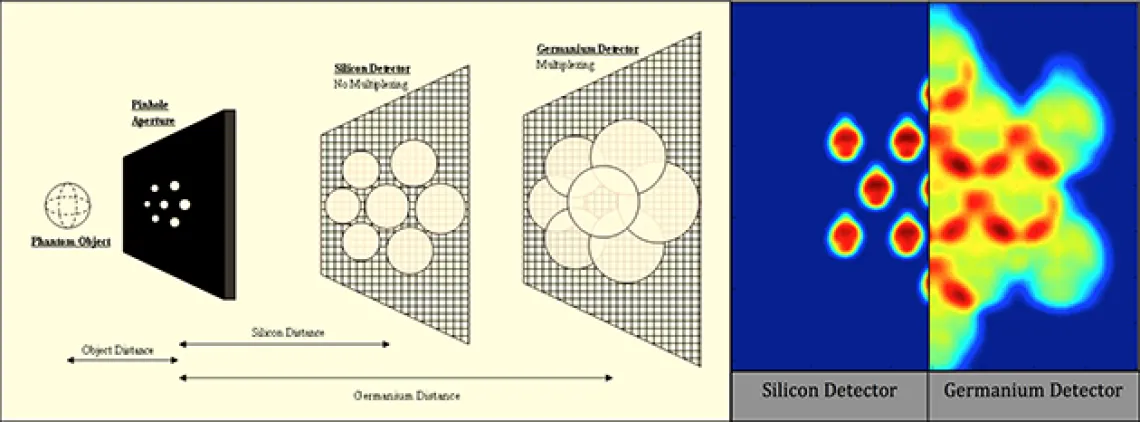Another Wavelength: Alexander Lin

This month, we're on Another Wavelength with Alexander Lin, a second-year Ph.D. student. Alex is a native of Arcadia, California, near Los Angeles; he received his B.S. in physics from UCLA in 2013.
What brought you to optics?
My undergraduate research at UCLA was on simulating the start-up of a self-amplified stimulated emission free-electron laser. Through this project I gained an appreciation for and interest in light generation and the uses of high-energy lasers for scientific studies, ultimately leading me to the world of optics.

Who would you call your science hero?
My hero in science would have to be my dad, Dr. Ren-Jang Lin. He is a molecular biologist at the Beckman Research Institute at City of Hope National Medical Center, and his work focuses primarily on mRNA and RNA splicing. While his research lies in an entirely different field of study, he has had a strong and positive influence in my academic and scientific life. As a kid, my dad encouraged me to question, explore and understand the world around me, which helped fuel my scientific curiosity. His passion and dedication to research and general scientific knowledge has also guided my work ethic and my hunger to learn new things. But most importantly, my father has taught and continues to teach me how fun the pursuit of research is and how fortunate I am to be able to study the many unanswered questions of science.
Describe your research in 20 words or fewer.
Using computational methods to optimize medical imaging devices.
Describe your research in 200 words or fewer.
I am working in Dr. Matthew Kupinski’s lab to optimize a synthetic-collimator system used in medical SPECT imaging. SPECT allows for the imaging of deep internal organs at high signal-to-noise ratios. A good SPECT system has both high photon detection (sensitivity) and high spatial resolution. The system we are designing uses two successive detectors to image at two different magnifications. This design allows us to overcome the sensitivity-resolution tradeoff, a major limitation in high-sensitivity SPECT systems.
The primary task of the SPECT system is to use the detector images to reconstruct the object. To determine how effective different SPECT systems are at performing this task, we calculate the ensemble mean square error, which tells us how close the reconstructed object is to the true object. We use computer models to simulate the imaging system at different detector distances and pinhole density, and then use mathematical algorithms to calculate the EMSE. The system with the minimum EMSE is then chosen as the optimal system.

Figure, courtesy of Alexander Lin, shows a synthetic-collimator SPECT system, with projection images at two different magnifications at right.
The optimized system will be used to study the dynamics of neurotransmitters in mouse brains, which can aid scientists in the study of diseases and drug development.
Name three neat facts about you.
- My friends and I once built a boat completely out of duct tape and PVC pipes that could carry one grown adult. This boat was eventually modified into a boat with wheels and then promptly mounted with fireworks for the Fourth of July.
- I am the quintessential night owl – you will often find me in my lab until 3 a.m. snacking and writing code.
- I have an interesting relationship with colors: I am red-green color-blind, I wear only four colors (red, white, black and yellow) and I am obsessed with the color yellow.
